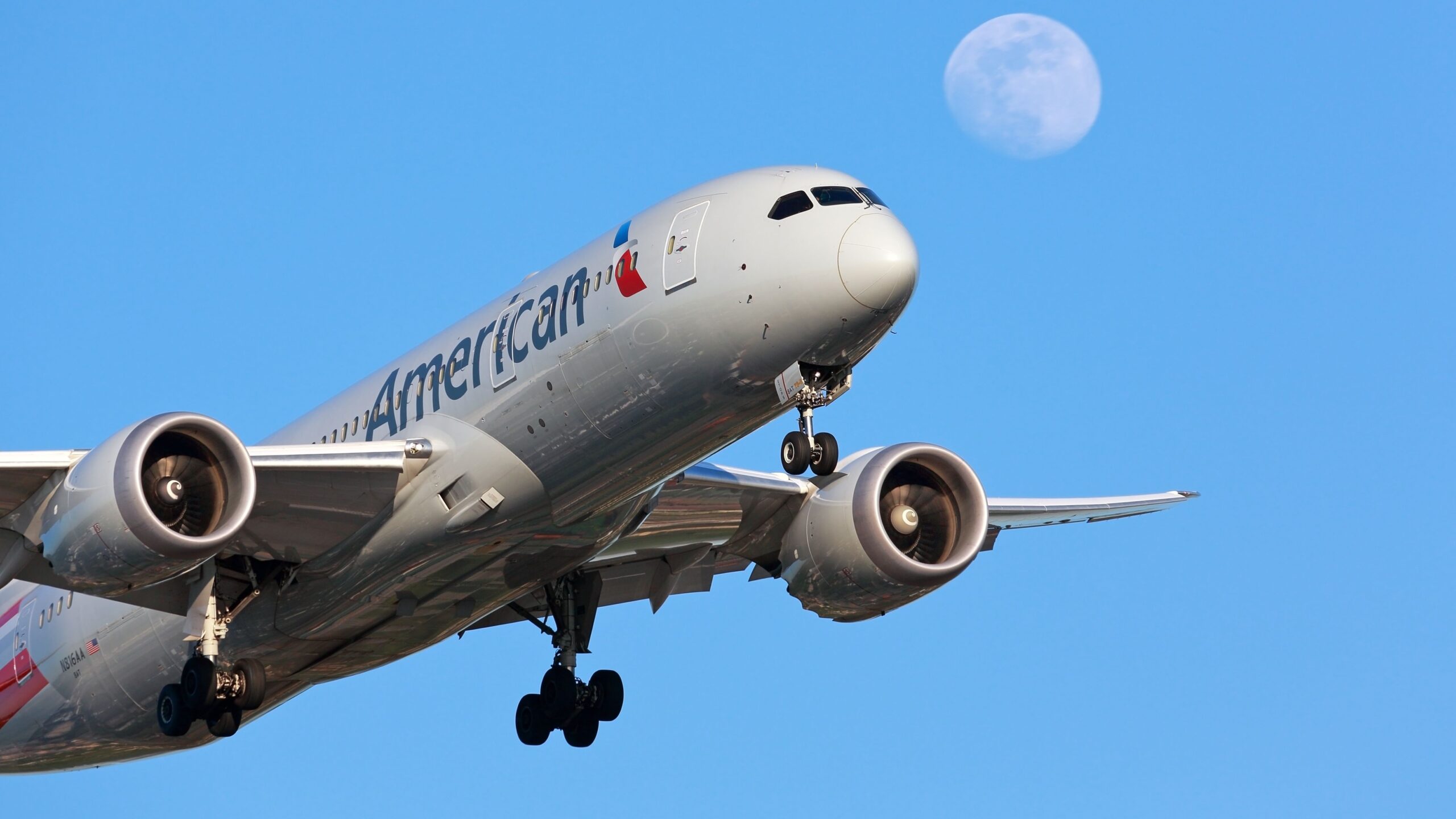An American Airlines Boeing 787 Dreamliner has been grounded in Amsterdam after it faced issues with its flaps. The aircraft was on a scheduled flight to Philadelphia when the problem was discovered midair, prompting a turn around.
The correct deployment of flaps is critical for a safe flight, and there have been many cases in which flights have been forced to divert because of flaps issues.
American Airlines plane grounded in Amsterdam
On January 7, an ![]() American Airlines
American Airlines
flight between Amsterdam Airport Schiphol (AMS) and Philadelphia International Airport (PHL) was cut short after the plane had to turn back due to a technical issue.
The Boeing 787-8 Dreamliner was operating flight AA203, a scheduled service with a departure time of 13:05 and an arrival of 15:00 local time. According to Flightradar24, the flight took off at 14:46 but couldn’t proceed too far because of issues with its flaps.
According to The Aviation Herald, the crew requested to level off at FL060 but then decided to continue with the flight. But that decision was soon changed, and the crew decided to maintain FL130.
The plane then turned over the North Sea to dump fuel and eventually returned to Amsterdam Airport, where it made a safe landing. It has been reported that the 787 landed at a higher-than-normal speed.
The report says that the cockpit crew said that they were facing issues with the flaps, which is why the landing was likely made at a slightly higher speed. While the flight was later scheduled to fly out the next day, it was once again canceled because the crew discovered a hydraulics issue. Simple Flying has contacted American Airlines for a comment.
About the aircraft
The aircraft involved in the incident is a Boeing 787-8
Dreamliner registered as N819AN. Per ch-aviation, it is 7.8 years old and was delivered to American Airlines in April 2017. As of July 2024, the plane has accumulated more than 28,000 flight hours across 4,094 flight cycles.
It can accommodate 234 passengers across four cabins: 138 in economy, 48 in economy plus, 28 in premium economy, and 20 in business class.
Photo: Michael Derrer Fuchs | Shutterstock
American Airlines flies a diverse fleet of aircraft to cover its vast network within the United States and internationally. It operates narrowbody planes of both Airbus and Boeing but mostly relies on Boeing widebodies for most of its long-haul flying.
Apart from operating Boeing 777s, American has a fleet of more than 55 Dreamliners, of which 37 are the 787-8 variant and 22 are 787-9, according to data from ch-aviation. At the time of writing, the Dreamliner involved in the incident was still at Amsterdam Airport.
Similar diversions
An issue with flaps can affect the ability of an aircraft to land or take off properly. There have been several incidents in the past when pilots had to divert their flight after discovering problems with the flaps.
Last month, it was reported that a 30-year-old United Airlines Boeing 757 flying from Denver, CO, to Lihue, HI,
faced a flap issue on the final approach
, resulting in a go-around. Thankfully, it was resolved in the subsequent landing attempt.
In November, a Southwest Airlines Boeing 737 flying from Oakland International (OAK) to Reno–Tahoe International (RNO) had to divert to Sacramento International Airport (SMF) because of a flaps issue.
Photo: Markus Mainka | Shutterstock
In October, an American Airlines Airbus A319 flying from Dallas/Fort Worth International Airport (DFW) to San Luis Obispo Country Regional Airport (SBP) had to divert to Meadows Field Airport after pilots identified that the aircraft’s flaps were inoperable.
Aircraft without their flaps deployed land at much higher speeds. If possible, pilots look to land on the longest runway available to them to minimize any risks.
Flaps are a secondary control surface on the wing that affects the aircraft’s aerodynamics by changing its characteristics. They play a vital role in helping the aircraft get airborne and land. Those interested in finding out more about them can check out the following article.

Related
How Aircraft Flaps Work: A Brief Guide
Flaps help make flying safer and more efficient.




